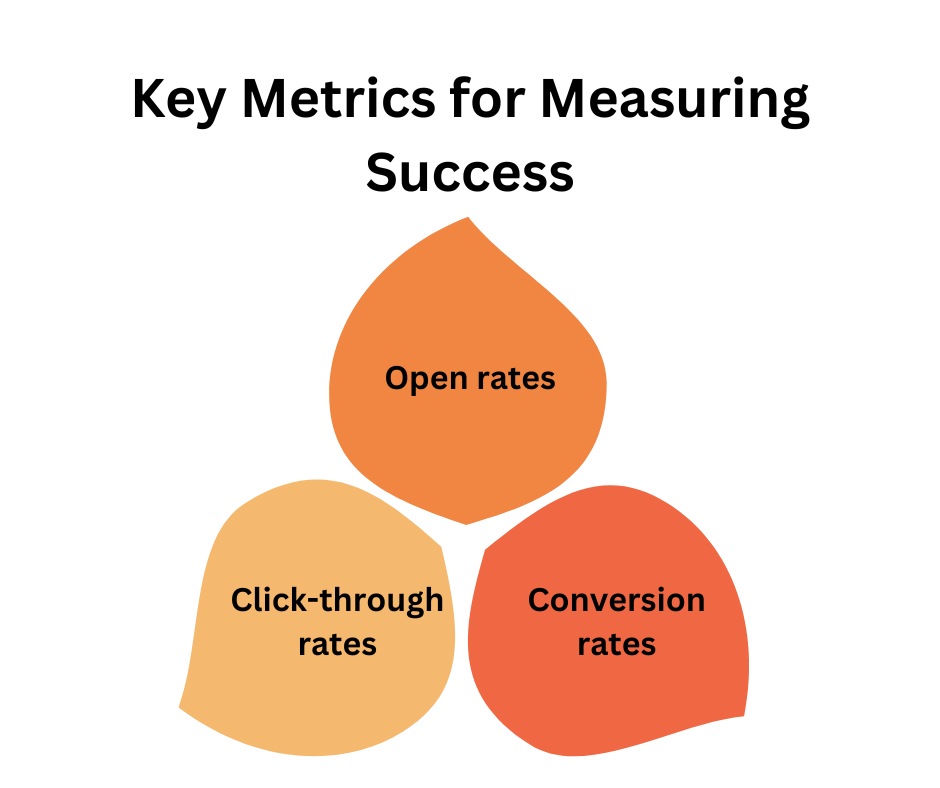Demystifying SMS Analytics: How To Measure Success?
Effectively executing an SMS campaign involves more than just sending out texts. It’s important to thoroughly analyze SMS analytics to gain a deep understanding of the reach and effectiveness of your SMS marketing initiatives.
In this article, we will take a look at the various methods and tools available for measuring the success of an SMS campaign.
Let us unravel the intricate world of SMS analytics, exploring the ways of data interpretation and uncovering the strategies to leverage its power for crafting an impactful marketing approach.
Importance Of SMS Analytics
The importance of SMS analytics cannot be overstated. SMS analytics provides valuable insights into customer behavior, preferences, and engagement with your business through text messaging.
By analyzing the data from SMS analytics, businesses can make informed decisions about marketing strategies, customer service improvements, and overall business performance.
Understanding the impact of SMS communication can help businesses optimize their messaging to better connect with their audience and achieve their business objectives.
SMS analytics also allows businesses to track the effectiveness of their text messaging campaigns and make adjustments as needed to maximize results.
Key Metrics For Measuring Success
As you now know the importance of SMS analytics, let us now move on to the next part which is what should you measure. Here we have mentioned the three most important metrics that majorly affect the success of an SMS campaign.
Open rates
Open rates refer to the percentage of SMS recipients who open and view a specific SMS campaign. It helps measure the effectiveness of the subject line and the overall interest in the content.
Click-through rates
Click-through rates measure the percentage of email recipients who clicked on a link or multiple links within an SMS. It indicates the level of engagement and interest in the content or offers provided in the SMS.

Conversion rates
Conversion rates track the percentage of recipients who not only clicked on links within an SMS but also completed a desired action, such as making a purchase or signing up for a service. It helps assess the success of the SMS campaign in driving the desired outcomes.
Tools For Analyzing SMS Campaigns
The next step after understanding what metrics you should measure is finding tools for Analyzing SMS campaigns. Let us see two majorly used tools for analyzing.
1. Analytics Platforms
Analytics platforms help you track and measure various metrics related to your SMS campaigns. These platforms provide data on delivery rates, open rates, click-through rates, conversions, and more.
By using an analytics platform, you can gain a deeper understanding of how your SMS campaigns are performing and make data-driven decisions to optimize future campaigns.

2. A/B Testing Tools
A/B testing tools allow you to experiment with different variations of your SMS messages to see which ones resonate best with your audience.
These tools enable you to create multiple versions of a message and test them against each other to determine which version yields the best results.
By using A/B testing tools, you can refine your SMS content and improve its effectiveness based on real user engagement data.
With analytics platforms and A/B testing tools, you can gain valuable insights into the performance of your SMS campaigns and modify your strategies for better results.
Incorporate Valuable Insights Into SMS Campaign Strategies
To achieve superior results, it is essential to incorporate valuable insights into SMS campaign strategies.
This involves conducting a comprehensive analysis of performance metrics and audience behavior and using the findings to make necessary changes.
These changes can include modifying messaging to better resonate with the target audience, adjusting audience targeting to reach the most relevant individuals, and refining the overall approach to maximize effectiveness.
In addition, it’s crucial to enhance interaction and involvement through personalized content and targeted communication strategies.
This may entail tailoring the content to cater to specific audience segments, and incorporating interactive elements to encourage engagement.

